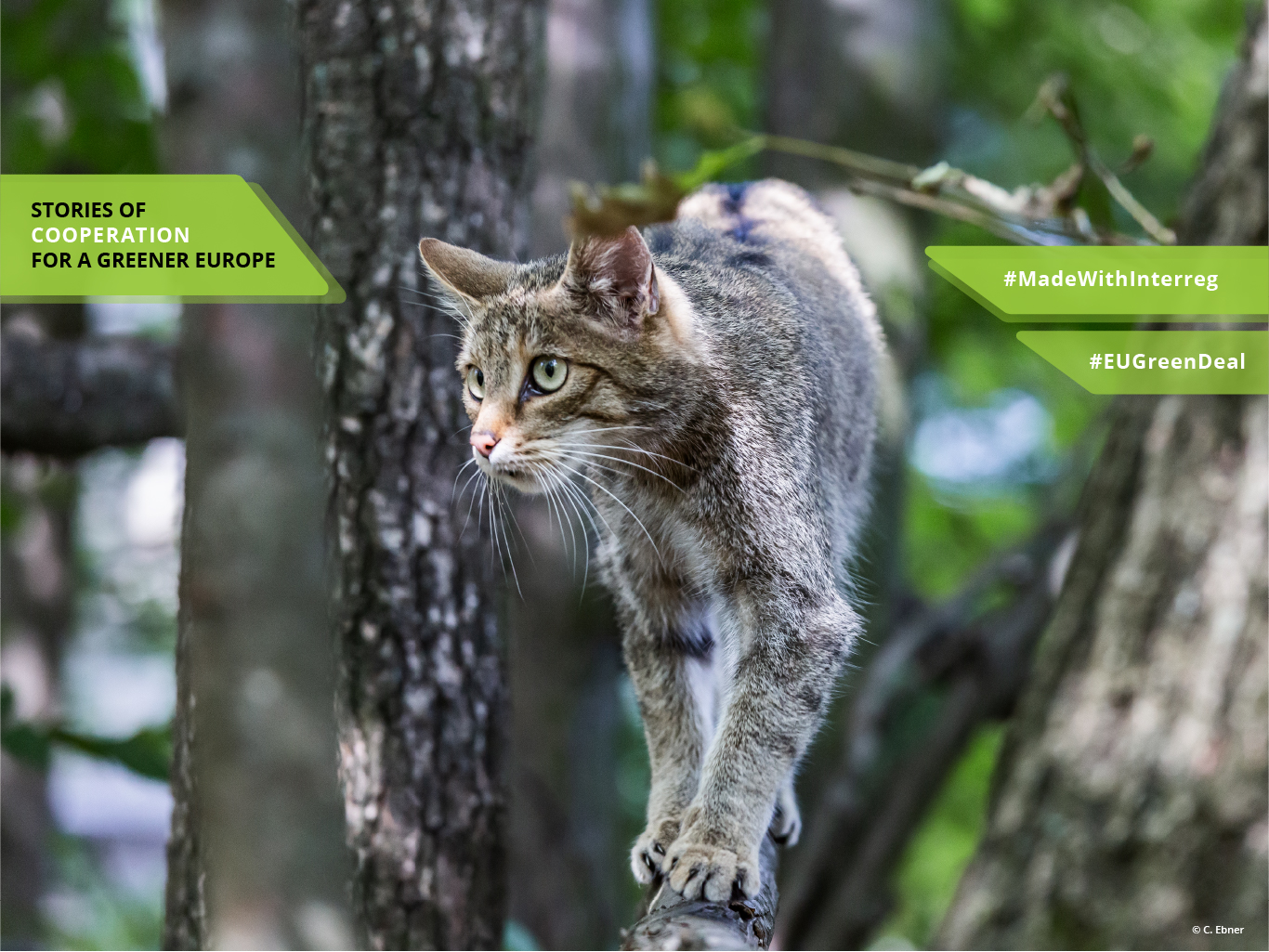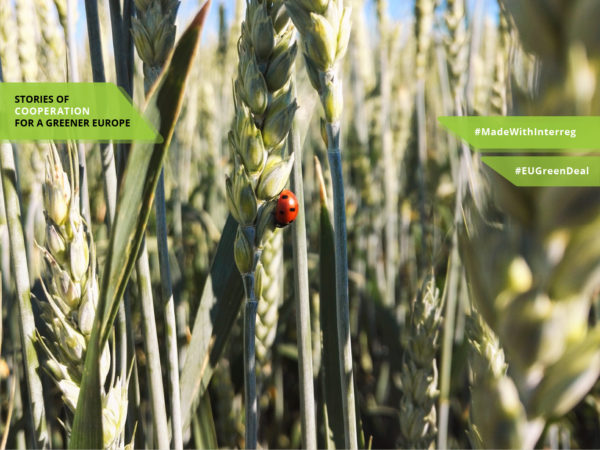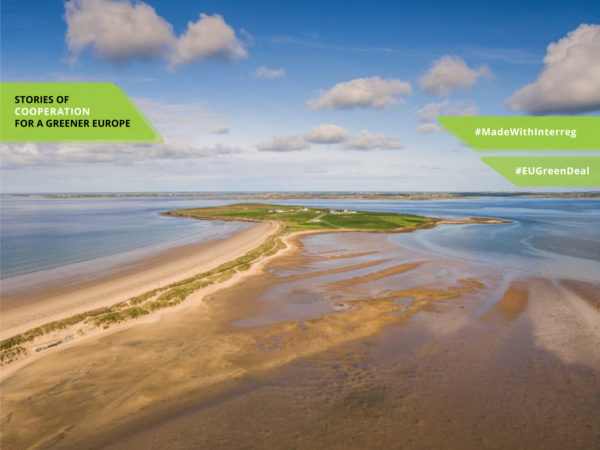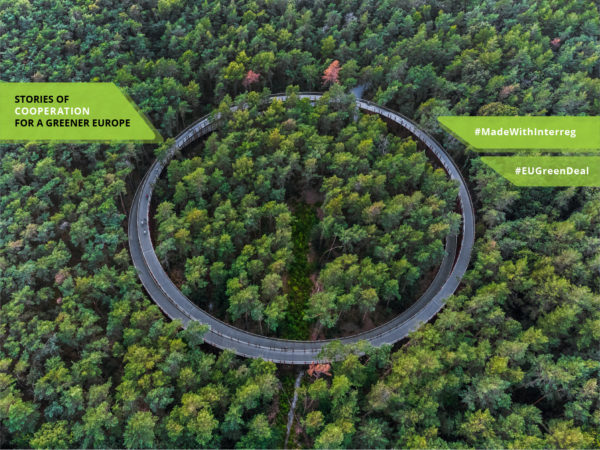Together with nature for healthier landscapes
Life as we know it is under immense pressure from climate change and other human-made threats. Experts warn that ecosystems are deteriorating more rapidly than ever. In latest reports, scientists urge for a ‘transformative change’ that foresees a more sustainable use, restoration and conservation of nature. This is an enormous challenge, which can only be achieved when regions and cities in Europe join forces and get the right people on board.
Interreg is one crucial EU funding instrument to enable and support such cooperation beyond borders. An excellent example of how its funding helps regions to transform their attitude and approaches towards nature is the project WetMainAreas. The project supports wetland protection, conservation, management and restoration in the Balkan-Mediterranean area, an area marked by high biodiversity in lake complexes, riverine systems, inland and coastal wetlands. It brings together researchers, decision makers and experts in the fields of ecology and biodiversity to help relevant authorities take more sustainable decisions regarding ecosystems.
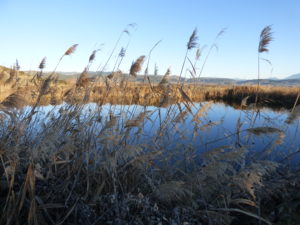
This way, the project contributes amongst others to protecting 29 globally threatened species that can be found in this area.
Innovative solutions for joint challenges
The main challenges addressed by the project include the inefficient use of resources, pollution and the fragmentation of nature sites that stretch across national borders. Coupled with negative impacts of climate change, these areas are under threat to soon run out of water supplies, which would lead to a total degradation of these ecosystems.
In response to these challenges, the project partners developed services to support wetland protection, conservation, management and restoration. Specifically, these services provide policy makers and relevant authorities with better access to relevant knowledge and thus help them take decisions that favor ecosystem integration and sustainability. One such service is the Wetland Geoportal, which provides access to national inventory geodatabases and to more than 45 geospatial layers for wetlands, protected areas, Natura 2000 and Emerald sites. Moreover, a brand-new satellite-based tool monitors surface water dynamics. It provides access to regularly updated satellite-derived water indices, which are used to map wetland water regimes.
Healthy green infrastructure to help stop the loss of biodiversity
Moving up north, we find another initiative to promote healthier ecosystems. Financed by Interreg CENTRAL EUROPE, it focuses on stopping biodiversity loss. MaGICLandscapes builds on the so-called “green infrastructure concept” to counteract further loss of biodiversity due to habitat fragmentation and changes in land use. This concept foresees a strategically planned network of natural and semi-natural areas with other environmental features. Once connected, they deliver a wide range of ecosystem services and functions such as water purification, air quality, space for recreation and climate mitigation and adaptation.
Building a safe passage for wild cats
The MaGICLandscapes project introduced the “green infrastructure concept” across five central European countries and tested it in nine pilot areas. Benefits are already showing for example in Lower Austria:
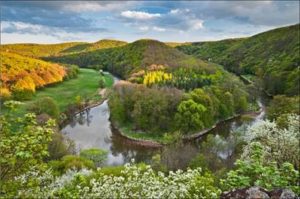
In the trans-boundary Thayatal/Podyjí National Park, recognised as an outstanding biodiversity hot spot, the wild cat is one of the species that found home again at the border between Austria and Czech Republic.
Keeping forests fit for future is essential for settling wild cats and other animals.
This shy animal was already considered extinct in Austria, and since its rediscovery in the Thayatal, it stands for wilderness and extraordinary nature experience in the national park. Keeping forests fit for future is essential for settling wild cats and other animals. This depends, among other factors, on the creation of mixed forests that are rich in structure and ready home a wide variety of animals.

MaGICLandscapes partners set up a network of interconnected corridors for wild cats to go in and out of the the Thayatal park safely. This is one of the practical applications of the green infrastructure concept to protect the wild cats and their offspring.
These two project examples show that we have to communicate and interact over the borders to achieve a transformative change. By connecting people and providing them with tools to counter-balance the negative effects of climate change, our ecosystems can take a deep breath, be healthier and fit for future generations.
The authors
Dana Kascakova works as a Communication Manager at the Interreg CENTRAL EUROPE Programme.
Christina -Maria Bateka work as a Communication Manager at the Interreg Balkan Med Programme .
This article is part of a series on how transnational cooperation contributes to the EU Green Deal. Click here to see all stories.
